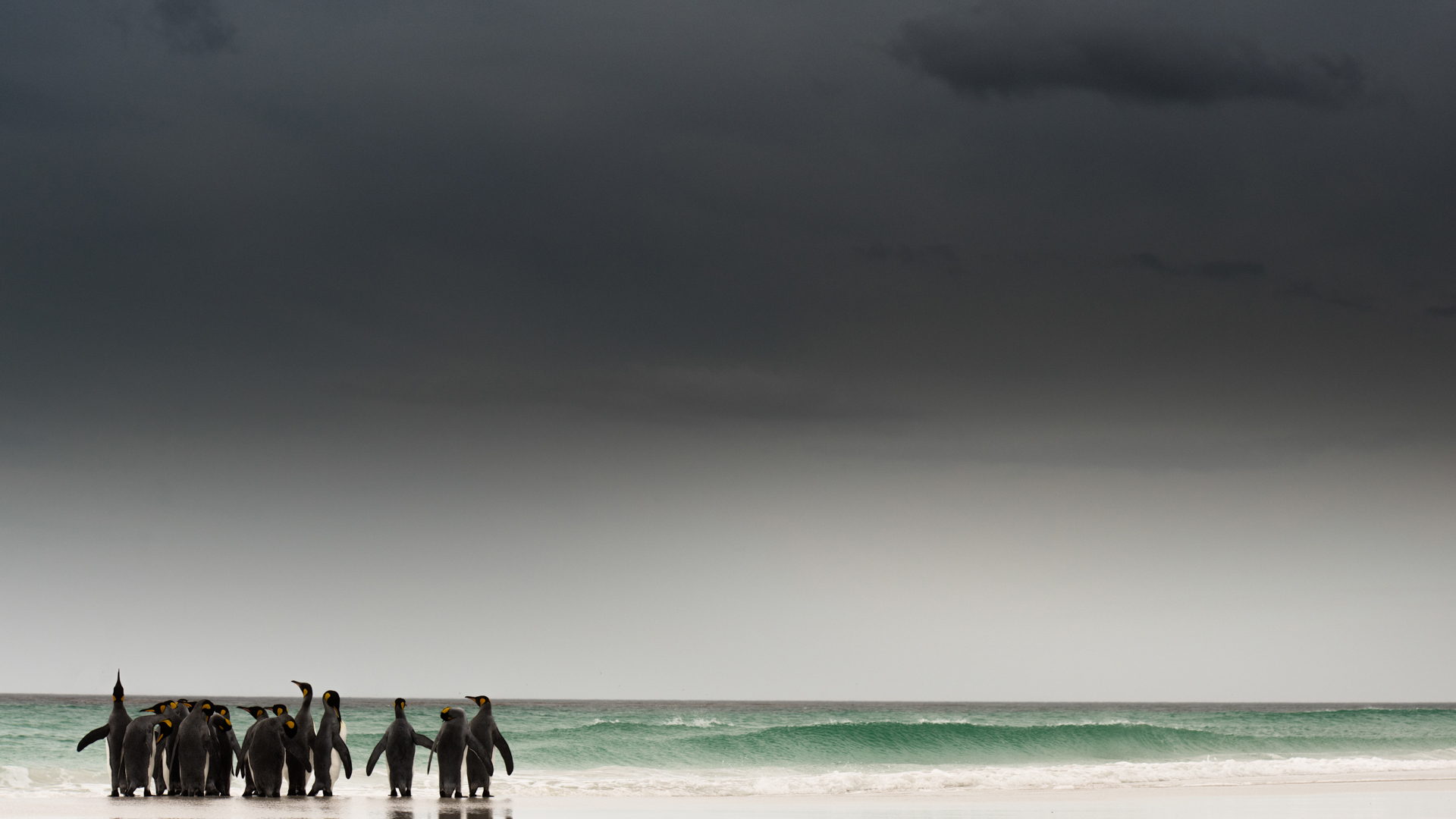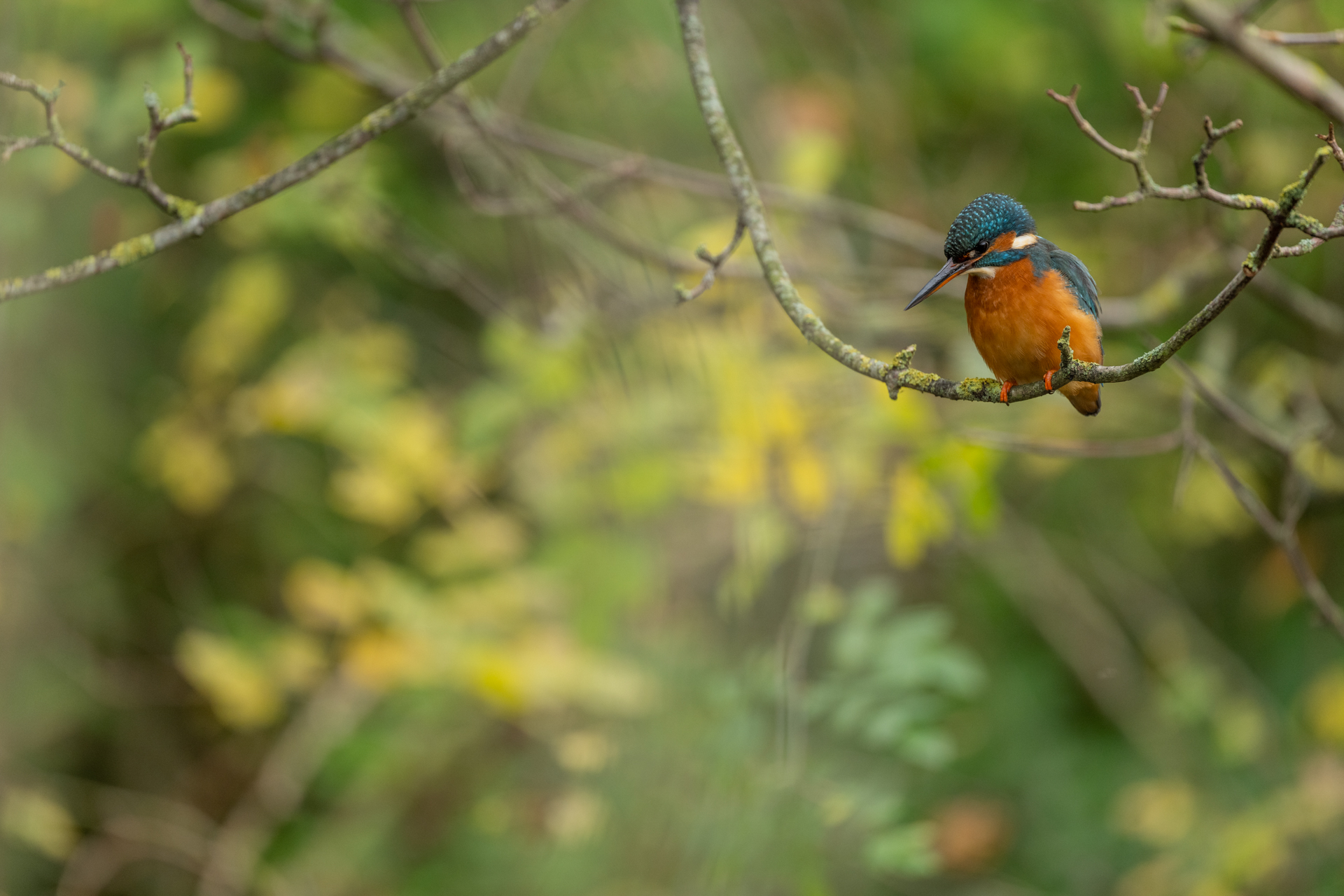
I’m claustrophobic, and the idea of being restricted in a small cave potholing makes me anxious just thinking about it. It’s tight, restrictive, and ultimately far too close for comfort – a sentiment I, oddly enough, often see in images from wildlife photographers, especially those just starting out. They’re just too close!
Now, that might sound like an almost impossible statement, as we all know that one of the hardest parts of making great wildlife images is the fieldcraft that gets us within range of our intended subjects, right? Additionally, pros, myself included, have often written that if your images aren’t good enough, you’re probably not close enough. So, am I backtracking?
It’s the omission of space that I’m really talking about here, and how photographers so often fall into the trap of filling the frame – something that can cut the essence from an image. Tight shots work sometimes, but they need enough within them to hook you, hold you, and excite you. Otherwise, they are, in reality, just a record shot that might seem more fitting for a guidebook than your wall.
Space matters. It gives room for subjects to breathe, as it were, within an image – space for the viewer to explore, to take in a little of the environment, and to add depth to the scene.
Sadly, you’ll still need to learn to get close, physically, but once there, you need to know how to interpret the surroundings of your subject to craft images that are a little less claustrophobic and involve the essence of the environment. It’s about giving subjects space to look into, move into, and be a part of, rather than making them the entire focus.
Next time you’re out shooting, just take a second and ask yourself: is my composition restricting? Am I giving my subjects room to breathe? Sometimes they don’t need it, but I would say that, more often than not, space can be more valuable than the subject when it comes to wildlife photography!

You might be interested in the best cameras for wildlife photography, along with the best lenses for wildlife photography.







